| Columns Retired Columns & Blogs |
Stax SR-Lambda Pro headphones Measurements
Sidebar: Measurements
Measuring headphones is fraught with practical problems, mainly due to the fact that the target response for a drive-unit that fires straight into the ear canal is anything but flat, given the frequency-response–modifying natures of the pinnae and inner ear canal which, as mentioned earlier, are unique for each person. A graph in an excellent 1980 AES paper from Audio Contributing Editor Jon Sank (footnote 1; see Dick Olsher's sidebar on headphone frequency response), shows the envelope of responses he found desirable for conventional headphones to sound flat.
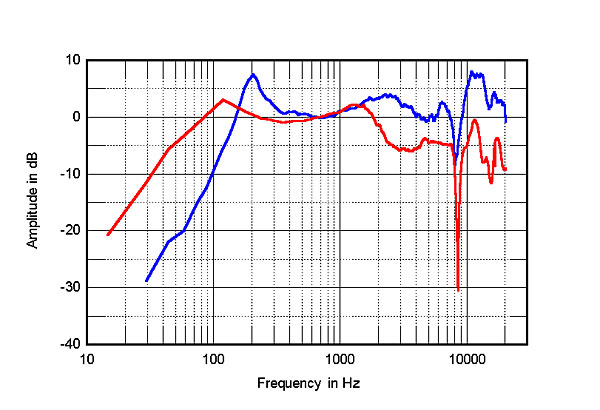
Fig.1 Stax Lambda Pro, anechoic frequency response in free space (blue) and against baffle (red).
For this review, I measured the responses of the headphones both in free space, with a B&K 4006 ½" microphone approximately 1" away, and pushed against a flat wooden baffle by a G-clamp with the same mike set flush. As Dick Olsher writes above, neither situation duplicates the environment faced by a headphone forced against the head and firing into the ear canal. In addition, the ½" microphone capsule is not that much smaller than the headphone drive-units, and would thus be expected to influence the local acoustic. Nevertheless, as I regard review measurements as primarily providing support for the listening comments, I felt it sufficient to use a setup that would produce relative, rather than absolute, data. The following curves should be viewed in this light.
The Stax Lambda Pro has pretty much been Stereophile's reference headphone since we first reviewed it in 1984 (Vol.7 No.5). The free-space response in fig.1 reveals a strong LF resonance at 205Hz. Against the baffle, however, this peak flattens out, with the bass then extending down to 50Hz with a mild degree of pressure. Note that the response then also hinges down above 2kHz, but with the various interference peaks and dips preserved.
The free-space impulse and step responses (figs.2 & 3) are inverting, as has been noted elsewhere ("Manufacturers' Comments," March 1991, p.222), and is considerably more ragged-looking than that of the Grado HP-1, with some hash noticeable in the lower treble in the waterfall plot (fig.4). (Ignore the black ridge just under 16kHz, which is due to the computer monitor.) Note the waterfall plot's crinkly appearance, something that always seems to be a feature of planar, surface-driven drive-units, and the long decay in the bass due to the undamped free-space LF resonance.
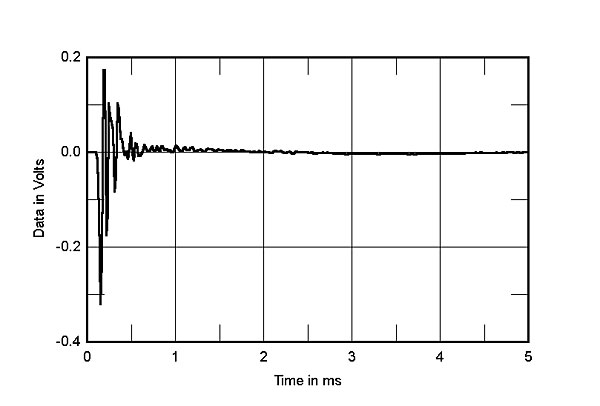
Fig.2 Stax Lambda Pro, impulse response in free space (5ms time window).
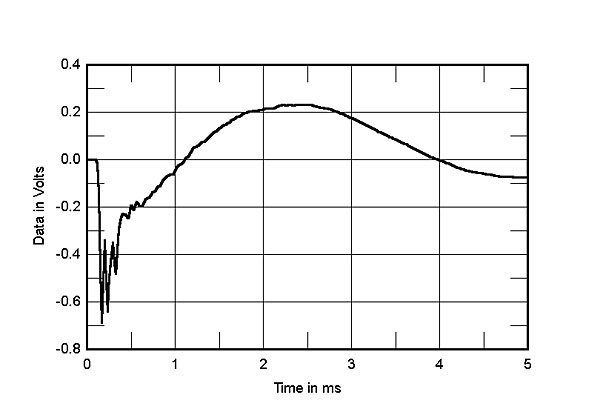
Fig.3 Stax Lambda Pro, step response in free space (5ms time window).
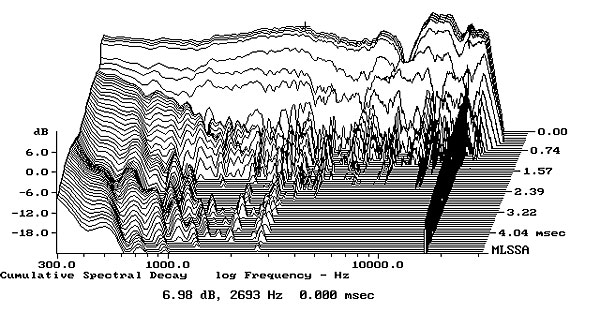
Fig.4 Stax Lambda Pro, cumulative spectral decay plot in free space.
Finally, I ran a response sweep on the Stax ED-1 equalizer, which modifies the headphone's frequency response to account for the fact that the sound is firing straight into the ear canals rather than through a 90° angle via the pinna. The EQ, shown in fig.5, revealing a complicated pattern of boost and cut in the treble region, is intended to synthesize the effect of the outer ear on frontal sounds. It should be noted that in addition to changing the amplitude response, the ED-1 inverts signal polarity when the EQ button is pushed. (It's polarity-correct in bypass mode.)—John Atkinson
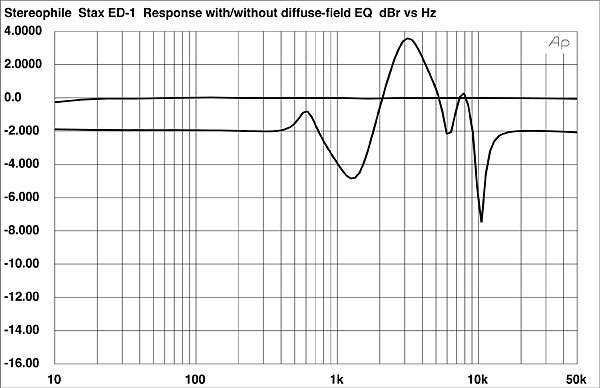
Fig.5 Stax ED-1 diffuse-field equalizer, frequency response with EQ in/out (2dB/vertical div.).
- Log in or register to post comments




































